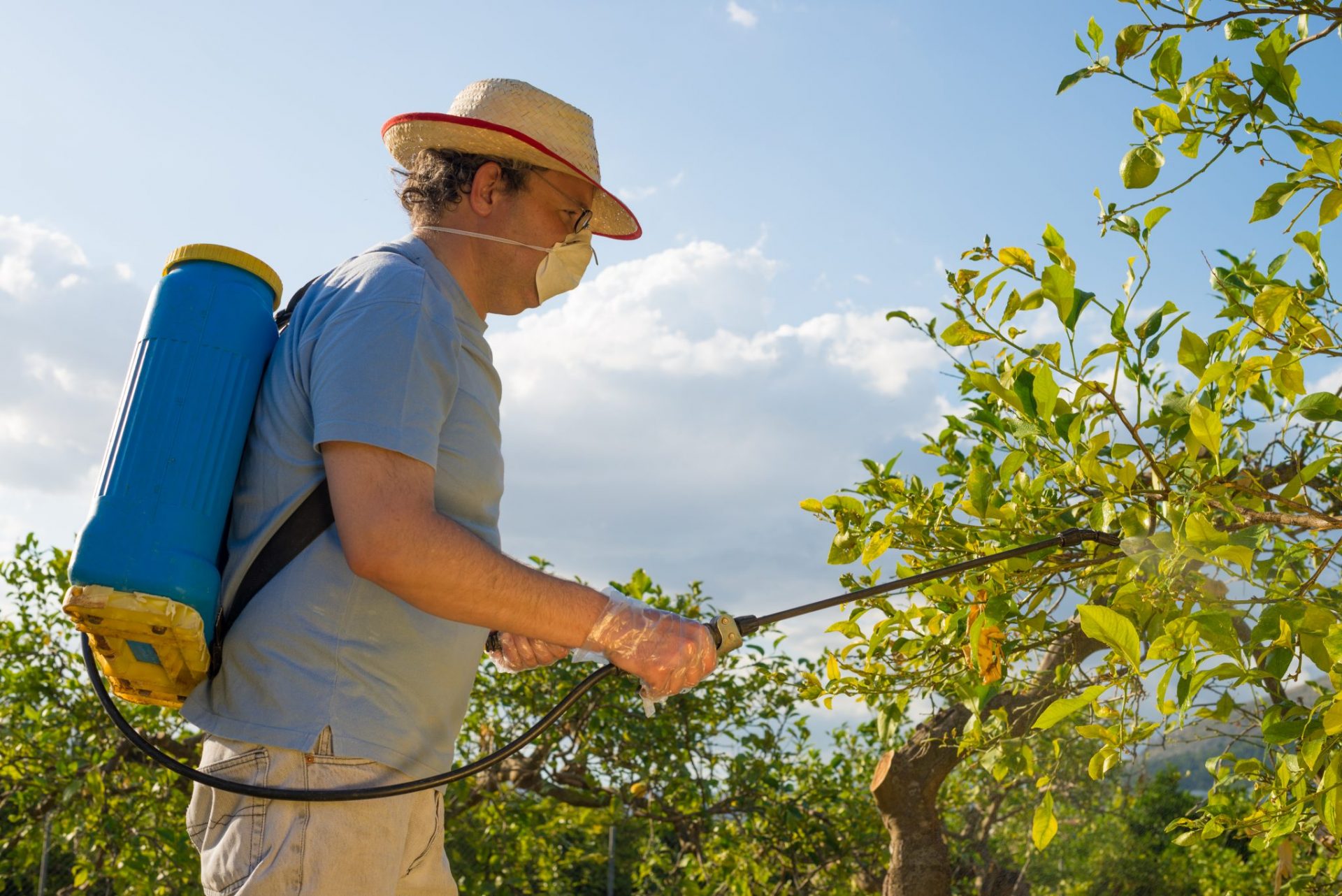Tamarind can remove fluoride from the body and reduce the risk of chronic disease
(NaturalHealth365) Fluoride, a known neurotoxin, is added to 75 percent of the nation’s municipal water systems – meaning it is being ingested by over 200 million Americans. But, once again, the plant kingdom has an answer and its name is tamarind. (details below)
As natural health advocates continue to sound the alarm about fluoride – which is linked with debilitating bone disease, low thyroid function, reduced IQ, infertility and various forms of cancer – a unique fruit is gaining the attention of researchers for its fluoride-detoxifying properties.
Science says that tamarind can effectively remove fluoride from the body
Tamarind, also known as Tamarindus indica, is an evergreen bush indigenous to tropical regions of Africa. Its slender brown seed pods contain a pulp with a distinctive flavor – piquant, tangy, lusciously sweet and lip-puckeringly sour, all at the same time. Some people find the flavor appealing; for others, it is an acquired taste.
But – whether you love or hate the flavor – there is no denying that you will love what tamarind can do for your body: remove dangerous fluoride deposits from bones while helping to ward off chronic disease.
In a 2002 study published in European Journal of Clinical Nutrition, researchers found that a third of an ounce of tamarind fruit given to healthy boys for 18 days enhanced urinary excretion of fluoride – in amounts that researchers called “significant.”
In a later study, tamarind again demonstrated its ability to clear the body of fluoride. Researchers first caused decreased fluoride elimination in a group of adolescent boys from a fluoride-endemic area by supplying them with defluorinated water. One group of boys was also given tamarind to eat for three weeks. The team noted that the tamarind group experienced additional excretion of fluoride as compared to the control group – demonstrating that tamarind could help to mobilize deposited fluoride from bone.
Tamarind helps to prevent life-threatening diseases
While tamarind’s most unusual benefit is its ability to remove toxic fluoride from your body, it can also help to prevent and alleviate chronic disease. Its seed extracts have been shown in studies to target and destroy inflammatory chemicals such as interleukin, giving it the ability to reduce inflammation, swelling and joint pain – making it a boon to those with osteoarthritis.
Tamarind is rich in antioxidant vitamin C – a powerful detoxifying agent and immune system booster. With one 100-gram serving of tamarind supplying over 10 percent of the recommended daily amount of iron, tamarind can also help ward off anemia. The same 100-gram serving provides over 600 mgs of potassium, which helps to support healthy blood pressure.
And regulating blood pressure is not the only favor tamarind performs for your cardiovascular system. Research has shown that tamarind prevents heart disease by scavenging excess LDL cholesterol from arteries and veins, as well as dilating them to promote better circulation. In addition, tamarind helps to normalize levels of triglycerides, or fats in the blood, while stimulating production of superoxide dismutase and glutathione — potent disease-fighting antioxidants.
Tamarind contains the compound hydroxycitric acid, which inhibits production of alpha-amylase, an enzyme that stores fat. At the same time, eating tamarind increases levels of serotonin, a neurotransmitter that helps control appetite and weight – a pair of vital benefits that makes tamarind an important ally in combating obesity. In addition, tamarind’s naturally high levels of dietary fiber help it to act as a “brake” on appetite and food cravings – along with easing constipation, promoting proper digestion and fighting cancer.
How can I use tamarind for maximum health benefits?
Buy only organic tamarind, which can be purchased in blocks and ready-to-use slices; you can also buy it in concentrate or paste form. Tamarind pulp should smell sweet and fresh, with a fragrance akin to that of apricots; avoid purchasing tamarind that smells bitter or mildewed. If you opt for the dried seed pods – which need to be boiled – make sure that the pod can be easily cracked open, and that the inner pulp is dark brown in color.
Ripe tamarind can be eaten out of hand as a snack, added to desserts to intensify flavor, and even made into jams and jellies.
One caveat: Tamarind has blood-thinning qualities, which could cause it to interact with medications such as aspirin. If you take aspirin, you should discuss your tamarind consumption with a knowledgeable holistic doctor or nutritionist.
References:
https://www.ncbi.nlm.nih.gov/pubmed/11840184
https://www.ncbi.nlm.nih.gov/pubmed/15105030










